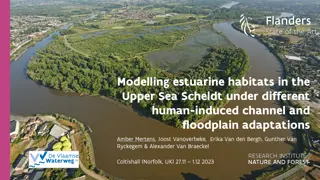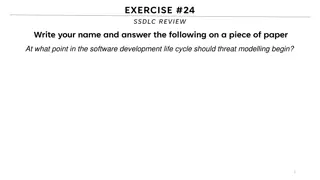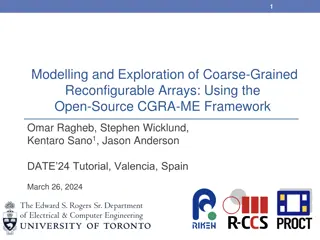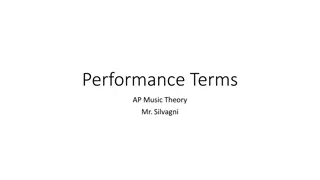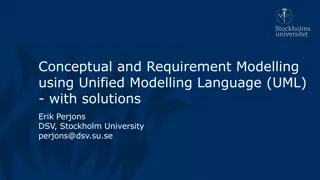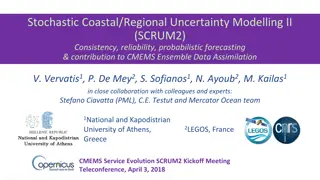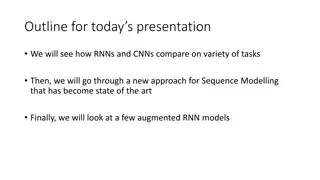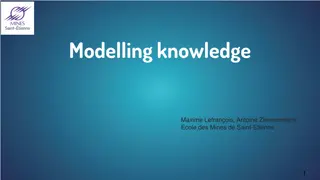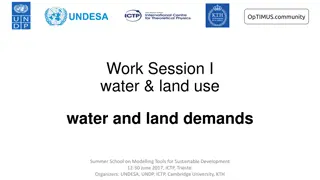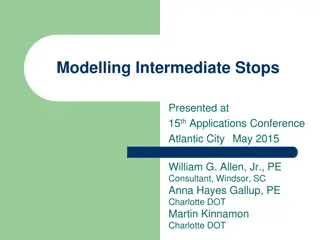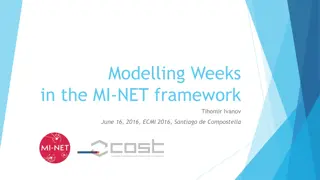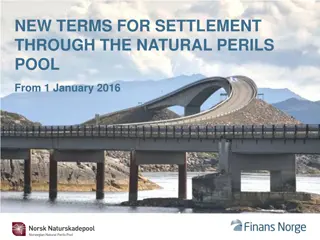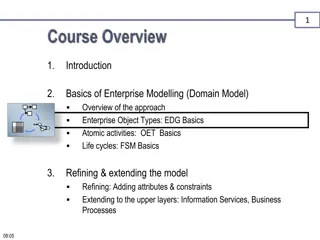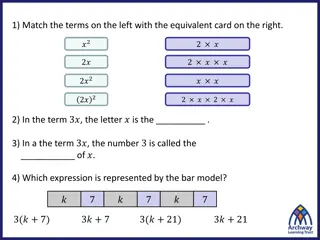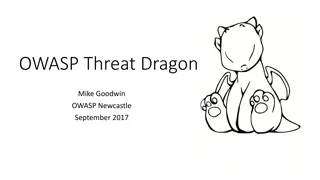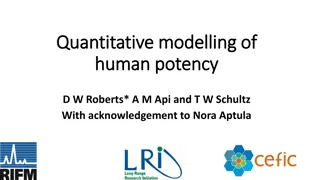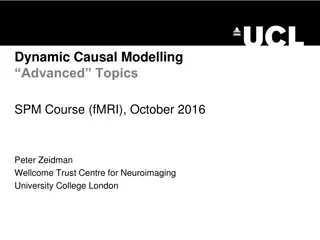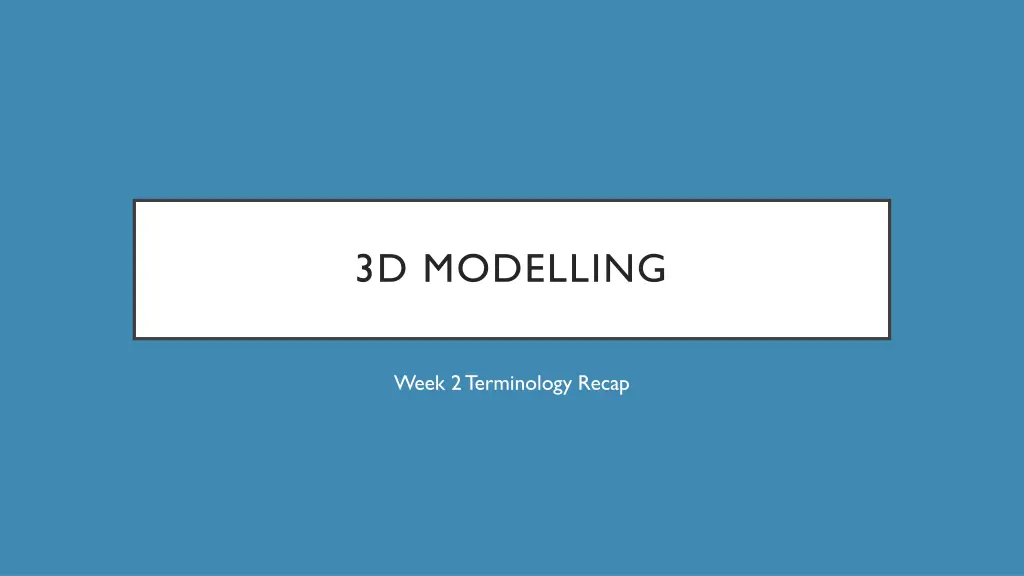
Advanced 3D Modelling Techniques and Terminology Recap
Explore advanced 3D modelling concepts such as topology, triangles, quads, and ngons, along with techniques like box modelling. Learn how to create low poly models, use NURBS, and enhance your modelling skills with practical tasks and tutorials.
Download Presentation

Please find below an Image/Link to download the presentation.
The content on the website is provided AS IS for your information and personal use only. It may not be sold, licensed, or shared on other websites without obtaining consent from the author. If you encounter any issues during the download, it is possible that the publisher has removed the file from their server.
You are allowed to download the files provided on this website for personal or commercial use, subject to the condition that they are used lawfully. All files are the property of their respective owners.
The content on the website is provided AS IS for your information and personal use only. It may not be sold, licensed, or shared on other websites without obtaining consent from the author.
E N D
Presentation Transcript
3D MODELLING Week 2 Terminology Recap
TOPOLOGY TO POL O GY : [TUH-POL-UH-JEE] : NOUN Whatever type of geometry you use it will either be created by NURBs, or points, edges, and faces. The way these components are connected together and the flow around the 3D object is the topology. You can think of topology as the type of polygon faces, the type of vertices and the flow of the edges.
TRIANGLE A triangle is the simplest polygon that is made up of three sides or edges connected by three vertices, making a three sided face. When modelling, triangles are typically a polygon type often avoided. When creating complex meshes, triangles tend to pose a problem when subdividing geometry to increase resolution, and when a mesh will be deformed or animated.
QUAD A quad is a polygon made up of four sides or edges that are connected by four vertices, making a four sided face. Quads are the polygon type that you ll want to strive for when creating 3D models. Quads will ensure your mesh has clean topology, and that your model will deform properly when animated.
N-GON An n-gon is a polygon that is made up of five or more sides or edges connected by five or more vertices. It s important to keep in mind an n-gon is typically related to a five sided polygon, but it s not limited to just five sides. An n-gon should always be avoided, they often pose problems at render time, when texturing, and especially when deforming for animation.
BOX MODELLING A technique where a primitive shape (such as a box, cylinder, sphere, etc.) is used to make the basic shape of the final model. This basic shape is then used to sculpt out the final model.
3D MODELLING TASKS 1. Upload your Barrel from last week to Sketchfab. Place a link to this on my website. 2. Create a low poly chair following the video tutorial (Includes use of box modelling, offset extrusion, merging, symmetry, bevel and soft select) 3. Using techniques shown in the video create your own Chair and then Table, get a sketchfab link and place this on my website. 4. Follow the Wine Glass Surfaces Tutorial Video to use NURBS for the first time. Get a sketchfab link and place this on my website. Tutorials at: jamestedder.net



